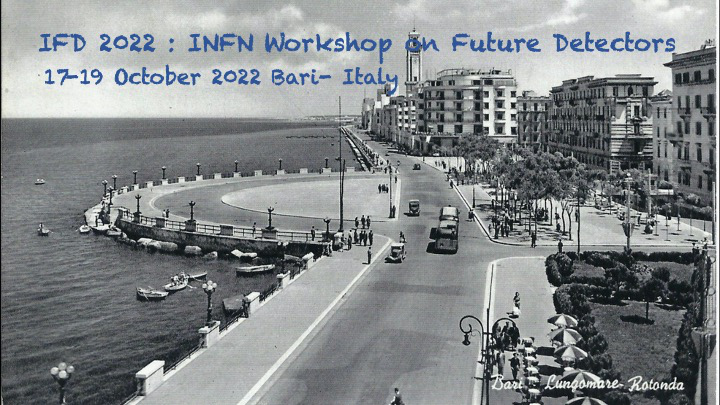Speakers
Description
Optical transceivers have rapidly become essential components in the readout sub-systems of high-energy physics (HEP) experiments. Given the ever-increasing radiation hardness requirements for next-generation colliders, existing readout systems based on directly modulated laser diodes, e.g., VTRx+, will rapidly become ineffective. Properly engineered silicon-based photonics modulators have been shown to sustain higher radiation tolerance than current VCSEL-based devices. In addition, silicon photonics (SiPh) solutions could enable higher data rates and lower power consumption with further possibilities of data aggregation, e.g., wavelength division multiplexing (WDM).
A full-custom photonics integrated circuit (PIC) in IMEC’s iSiPP50G silicon-on-insulator technology has been designed in the context of the INFN projects PHOS4BRAIN and FALAPHEL aiming to the development of a radiation-tolerant 4-lane SiPh WDM transmitter driven by custom-designed electronic integrated circuits (EICs) to implement an aggregated 100 Gb/s transmission bandwidth.
The PIC includes different flavours of SiPh optical modulators (Mach-Zehnder, ring or silicon-germanium electro-absorption modulators) to understand those which may best fit as building blocks in a future radiation-hard integrated optoelectronic readout module. This contribution will present recent developments and preliminary device characterisations of the SiPh modulators designed to target total ionising doses (TIDs) up to 1 Grad.

